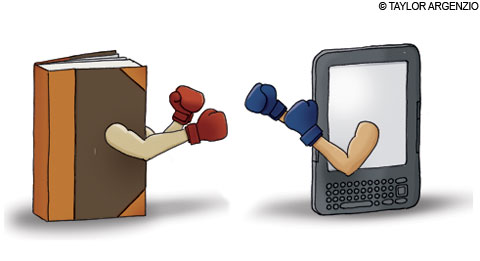Reading Assignment: Chapters 11 & 12
Art Nouveau & The Genesis of Twentieth Century Design
I've always heard the term art nouveau but I never knew exactly what it was. I remember liking the art but if you would have asked me for an artist or an example I honestly wouldn't remember. When looking through the images in Chapter 11 I started to recognize the style and thought of the 1960s and their crazy colorful concerts posters. Very similar to art nouveau they carried the same style yet used a little more color. They had women figures as the main focus with some crazy typefaces to go along with the image.
Art nouveau had a revival in the 1960s when artists started to draw inspiration for concert posters. Some of the first posters created were seen in San Francisco in 1966 for psychedelic rock (Musée D'Orsay). Psychedelic rock was a style of music hat was influenced by psychedelic culture and used to enhance the experiences of psychedelic drugs. Notable musicians include the Beatles, Jimi Hendrix, Grateful Dead, Jefferson Airplane and Cream to name a few. Concert promoter, Bill Graham, commissioned artists to create posters for his events and was influential in the musical renaissance of the 1960s in San Francisco. "These psychedelic graphic designers (Hapshash and the Coloured Coat group, Wes Wilson, Victor Moscoso, etc), with dazzling bravura, introduced everything that Art Nouveau had invented into the domain of signs and images, and appropriated certain themes like hair, the peacock, the androgynous figure or, in contrast, highly sexual figures," (Musée D'Orsay). Posters and album covers were becoming a popular medium for this expression and the use of psychedelic drugs enhanced the visuals (Musée D'Orsay). This blend of art and text reflected the changing times of art. Like Jugend, the artists were allowed to create their own typeface, in this case they just chose what typeface they wanted, that would match their illustration. Their typefaces did try to mimic the movement of sound waves from rock and roll concerts in their illustrations typefont. Music posters would soon lose ground to television and radio.
Famous Art Nouveau artist Alphonse Mucha's 1896 ad for Job cigarettes (left) was used to to promote a 1966 rock concert (right) by Alton Kelly and Stanley Mouse.
A famous artist from this era was Bob Masse.
Grateful Dead 1967
The Doors 1967
The Jimi Hendrix Experience 1967 with photographer Karl Ferris
Jefferson Airplane 1967
Sources:
- "A Brief Bio of Bob Masse, Rock and Roll Concert Poster Artist." A Brief Bio of Bob Masse, Rock and Roll Concert Poster Artist. N.p., n.d. Web. 28 Oct. 2014. <http://www.bmasse.com/who.html>.
- "Art Nouveau Revival 1900 . 1933 . 1966 . 1974." Musée D'Orsay. N.p., n.d. Web. 27 Oct. 2014. <http://www.musee-orsay.fr/en/events/exhibitions/in-the-musee-dorsay/exhibitions-in-the-musee-dorsay-more/article/art-nouveau-revival-23208.html?S=1&tx_ttnews%5BbackPid%5D=649&cHash=20c8b95acc&print=1&no_cache=1&>.
- Bob Masse Rock Postershttp://www.bmasse.com/60s.html
- "Focus Features | Videos & Extras | Slideshow | Painting Woodstock: A Slide Show of Psychedelic Art." Focus Features. N.p., n.d. Web. 89 Oct. 2014. <http://www.focusfeatures.com/slideshow/painting_woodstock__a_slide_show_of_psychedelic_art/embed/977>.
Image sources:
- Mucha cigarettes ad
http://focusfeaturesmedia.com/uploads/image/mediafile/1247855610-06d782906431aa3d2c25f872abfe2676/x950.jpg
- Grateful Dead 1967
http://www.bmasse.com/Images/dead.jpg
- The Doors 1967
http://www.bmasse.com/Images/doors1967.jpg
- Jimi Hendrix Experience 1967
http://www.bmasse.com/Images/Hendrix2.jpg
- Jefferson Airplane 1967
http://www.bmasse.com/Images/jeffair_colour_scan.jpg















